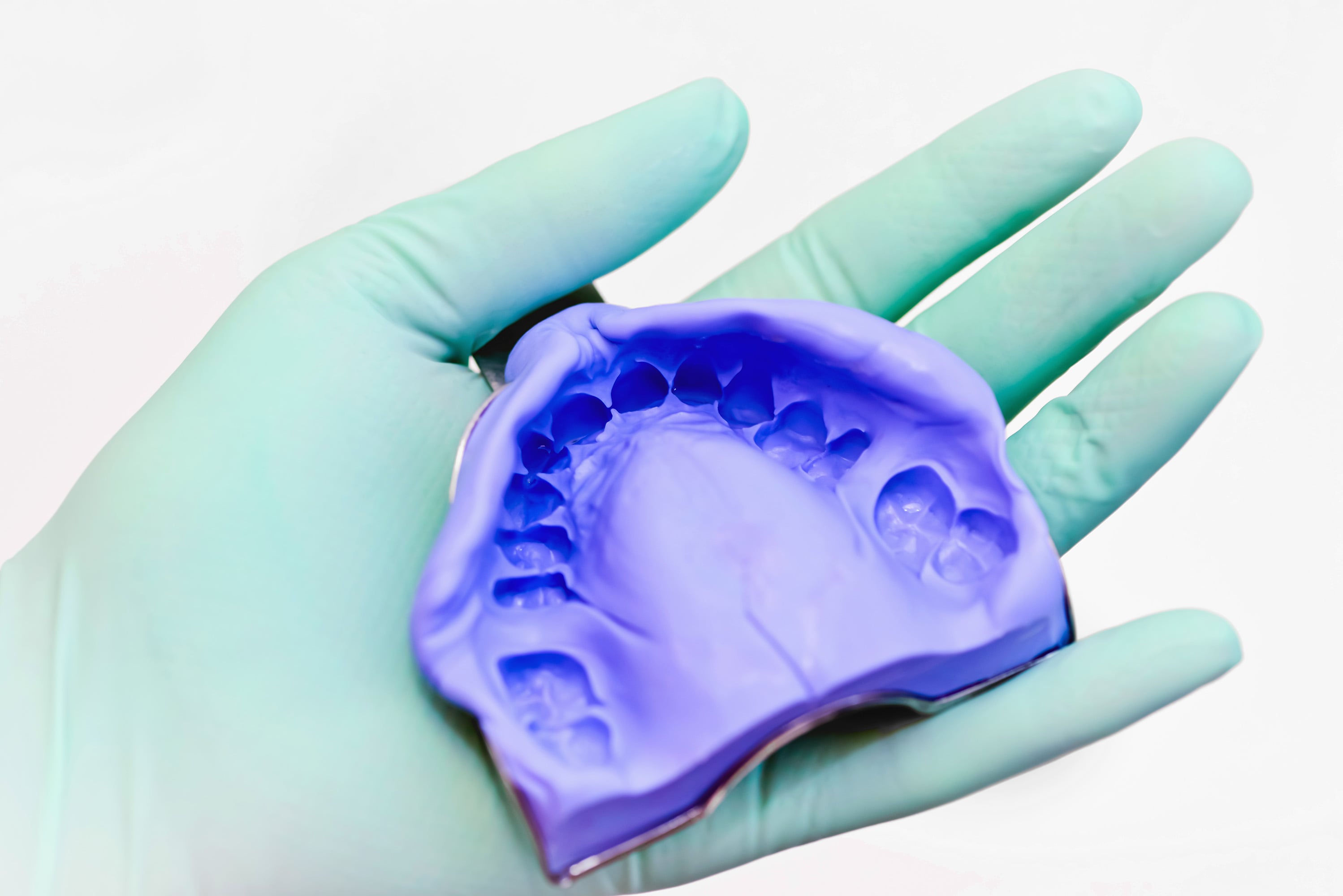Common Restorative Dentistry Procedures
Fillings
While the incidence of tooth decay has significantly diminished over the years due to the use of fluorides and increased patient awareness, teeth are still susceptible to decay. We use composite (white) material instead of the old-fashioned amalgam (metal) material to repair and stabilize teeth that have been damaged as a result of decay and cavities.
Crowns
Dental crowns are used when the decay or damage to a tooth is too extensive for a filling. The crown is a tooth-colored, custom-made “cap” that looks like a tooth and is designed to fit over the entire tooth down to the gum line to protect the remaining structure from further damage. While a filling fills a hole and is held in place by the tooth, a crown covers a tooth and holds the tooth together.
Crowns are commonly placed over teeth that have undergone a root canal procedure. After an endodontist removes the infected pulp and nerve from the tooth’s root, the dentist places the crown over the tooth to protect it and restore its function.
Bonding
Bonding is a minimally invasive procedure used to repair cracked or chipped teeth. A tooth-colored resin composite is formed and fused with a curing light to the remaining part of the tooth’s enamel to re-create the missing portion of the tooth. Bonding is also used to cover the surface of eroded enamel and to fill small gaps between teeth.
Bridges, Implants and Dentures
When teeth are lost or missing, replacing them is important to maintain function and optimal oral health. Treatments to replace missing teeth include implants, fixed bridges, removable partial dentures and full dentures.
Bridges are a combination of several crowns that are bonded to the remaining teeth on the sides of the extracted teeth, thereby “bridging” the gap where teeth are missing with a porcelain replacement. Implants are permanent, false teeth that replace missing teeth. They look and function like natural teeth and are attached to the jawbone via a metal post that resembles a screw. Dentures are false teeth that are designed to replace multiple missing teeth.
